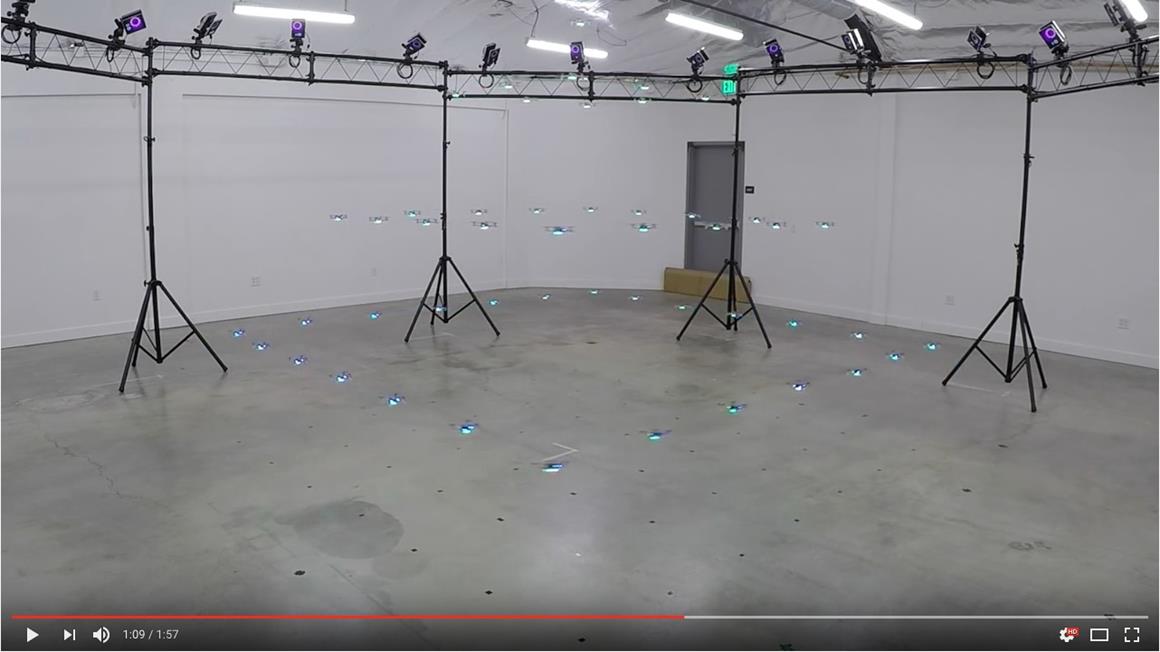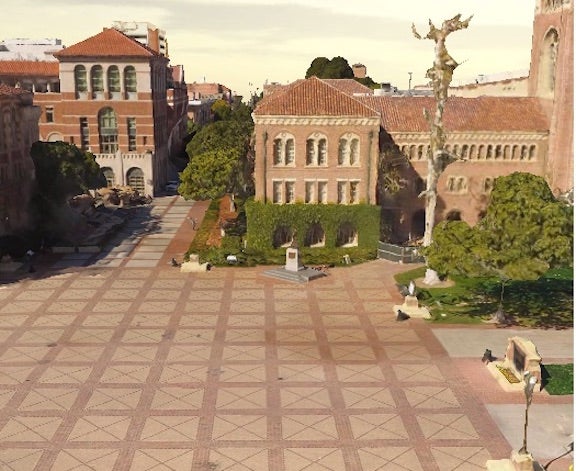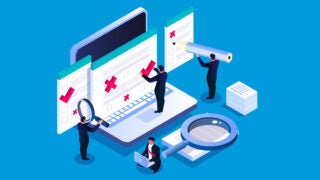Drones: Hero and menace
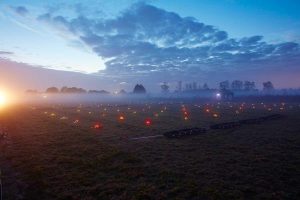 Since 2013, drones have saved an average of one life a week, according to DJI Technology, the largest maker of civilian drones. Just this year, drones have been used in everything from Super Bowl halftime shows to Amazon and UPS package delivery tests. Drones can also be used for search and rescue during earthquakes, for unmanned surveillance and warfare. USC experts in law, computing, engineering and media are researching what is still a nascent technology already having a tangible impact on everyday life. These experts can discuss how the next generation of unmanned machines in the sky are shaping ethics, privacy, public safety, flight and storytelling.
Since 2013, drones have saved an average of one life a week, according to DJI Technology, the largest maker of civilian drones. Just this year, drones have been used in everything from Super Bowl halftime shows to Amazon and UPS package delivery tests. Drones can also be used for search and rescue during earthquakes, for unmanned surveillance and warfare. USC experts in law, computing, engineering and media are researching what is still a nascent technology already having a tangible impact on everyday life. These experts can discuss how the next generation of unmanned machines in the sky are shaping ethics, privacy, public safety, flight and storytelling.
(Image courtesy of Intel)
Contact: Ian Chaffee at (213) 810-8554 or ichaffee@usc.edu
____________________________________________________________
 A new way to trespass — legal implications
A new way to trespass — legal implications
“Trespass requires physical invasion — if I point my flashlight onto your property while walking my dog at night, I don’t trespass. If I interfere enough with your use and enjoyment of your property — say, by floodlighting it at night — I commit a nuisance. Nuisance requires a substantial and unreasonable interference with the use and enjoyment of land.
“At the height that airplanes fly, airspace is a ‘commons.’ It’s owned by no one [or perhaps by everyone]. If I fly my drone onto your property five feet above the ground, though, it’s a trespass.
“There is a tort recognized by most states called ‘intrusion upon seclusion.’ Drones that can photograph you in your backyard raise the issue of intrusion upon seclusion. If I spy on you in your backyard [with my binoculars, hidden in a tree], I’m intruding on your seclusion. People generally expect, when they are in their backyards, that they will be free from unwelcome observation.”
Gregory C. Keating can discuss the legal and privacy implications of drones, especially as they regard nuisance, property and airspace laws. He is the William T. Dalessi Professor of Law and Philosophy at the USC Gould School of Law.
Contact: (213) 740-2565 or gkeating@law.usc.edu
____________________________________________________________
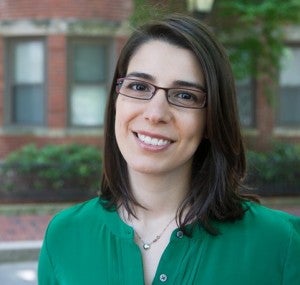 A new way to keep the public safe — where it’s too dangerous for people
A new way to keep the public safe — where it’s too dangerous for people
“Future uses for teams of autonomous aerial vehicles include containing forest fires, search and rescue in collapsed buildings, environmental monitoring or coastal surveillance.
“Robots can do things that are challenging or impossible for humans to do. An aerial vehicle can fly through gaps while a ground vehicle might have difficulty going over rubble. Specifically, a team of autonomous robots can cover a large area simultaneously, making them desirable for fast response over large areas.
“It makes sense for teams of robots to do these difficult tasks that are too dangerous or too difficult for people to do.”
Nora Ayanian can discuss how teams of drones and other robots can be employed in autonomous teams, as well as the public safety, rescue, entertainment and military applications of such coordination. She is an assistant professor of computer science at USC Viterbi and director of the Automatic Coordination of Teams Lab at USC. She has also been named an MIT Technology Review Innovator Under 35.
Contact: 213-740-5377 or ayanian@usc.edu
A coordinated team of nano-quadcopter drones in flight at USC’s Automatic Coordination of Teams Lab (via the USC ACT YouTube page)
____________________________________________________________
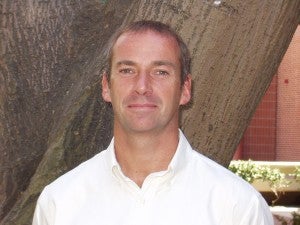 A new way to fly — nano-aerodynamics?
A new way to fly — nano-aerodynamics?
“In the new generation of small, fixed-wing surveillance aircraft, we enter a regime where speeds and sizes are small enough, so a very interesting and delicate competition emerges between forces that enhance the action of a wing and those that damp out its influence.
“Not only do they do this, but they also find a delicate balance between stability and instability, so that now, very small differences in geometry or wind conditions can have very large effects. In order to understand flight at small drone scale, it becomes necessary to take much more care of these small details. This is sufficiently problematic as to render almost all existing experimental measurements suspect.”
Geoffrey Spedding can discuss optimal drone aerodynamics compared to other aircraft. He is chairman of aerospace and mechanical engineering at USC Viterbi.
Contact: (213) 740-7182 or geoff@usc.edu
____________________________________________________________
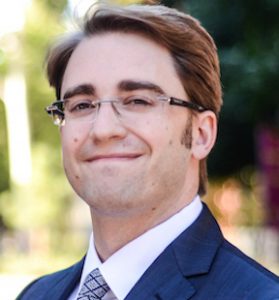 A new way to deliver — the business impact
A new way to deliver — the business impact
“In recent months, several large companies in the transportation sector — including UPS and Mercedes-Benz — have introduced the idea of using a delivery van as a mobile ‘launchpad’ for a drone that drops off packages.
“In other words, the van never actually stops at anyone’s house; it just carries packages, which are picked up and delivered by the drone.
“Although the hardware for this kind of system now exists, we still need to figure out what the most efficient coordinated route is between the van and the drone, and how much faster these deliveries can take place as a result of this system.
“By using computational geometry and infinite-dimensional optimization, we have found a fast algorithm for finding that efficiency, and by conducting computational experiments, we have concluded that one can easily expect to see a minimum of 30 percent reduction in delivery times.”
John Carlsson can discuss the logistics of drone and ground-vehicle-and-drone delivery. He is associate professor of industrial and systems engineering at USC Viterbi.
Contact: jcarlsso@usc.edu
____________________________________________________________
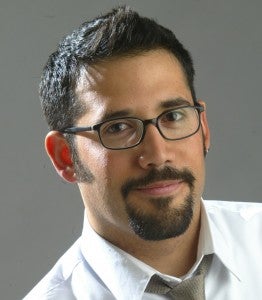 A new way to tell a story — tech journalism
A new way to tell a story — tech journalism
Robert Hernandez can speak to how drones are being used to help the next generation of journalists bring new depth to their storytelling.
His students have used drones to create a 360-degree video capture of the dry riverbed and saltwater at the Salton Sea. He is associate professor of professional practice at the USC Annenberg School for Communication and Journalism.
Contact: (213) 740-1940 or r.hernandez@usc.edu
____________________________________________________________
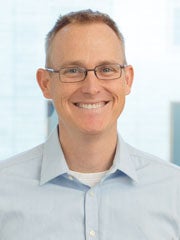 A new way to look at the world — mapping the globe up close
A new way to look at the world — mapping the globe up close
Ryan McAlinden can discuss the ways drones are changing mapping in the real world and for simulated 3-D game and simulation environments like Unity and Unreal Engine 4, allowing users to explore the real world as they might experience virtual worlds in Grand Theft Auto or The Sims. He can also discuss FAA regulations regarding consumer use of drones.
McAlinden is the director of modeling, simulation and training at USC’s Institute for Creative Technologies and a certified FAA pilot for small unmanned aircraft systems.
Contact: (310) 574-5700 or mcalinden@ict.usc.edu
USC researchers are creating detailed and immersive 3-D maps of USC and other areas using only small, off-the-shelf drone technology. (Image courtesy of the USC Drones & sUAS Group)

